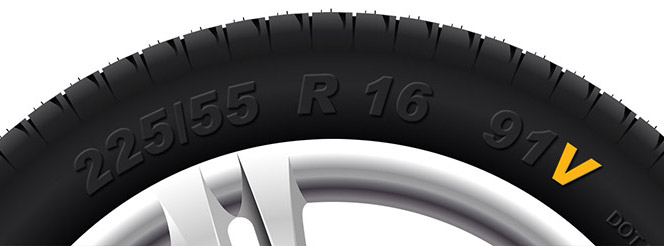ADAS Calibration
A rising number of automotive components that help improve vehicle and driver safety are referred to as advanced driver assistance systems, or ADAS, for short. ADAS monitors duties including braking, speed, and steering and either automatically reacts or alerts the driver.
These systems, which employ a number of cameras to determine the location of the car and other road impediments, include but are not limited to Autonomous Emergency Braking, Lane Departure Warning, and Road Sign Detection. After some vehicle maintenance and repairs are completed, ADAS systems need to be re-calibrated in order to continue operating as intended.
What is ADAS?
Advanced Driver Assistance Systems (ADAS) build a safety blanket around your car by combining a variety of different sensors and software systems with steering, suspension, braking, and engine systems.
Static ADAS Calibration
Static calibration entails calibrating the different ADAS cameras and sensors while the vehicle is immobile. It must be carried out in a controlled environment using specialised equipment that we have at a variety of our Tyre Pros locations.
Dynamic ADAS Calibration
Dynamic calibration involves altering the sensors and cameras while the vehicle is in motion, such as during a road test.
If your vehicle requires dynamic ADAS calibration, it may be done at any Tyre Pros garage that has Hunter alignment equipment installed.
Which Tyre Pros centres can carry out ADAS calibration?
The following list of centres currently have the specialist equipment installed to enable ADAS calibrations.
To make a booking, please contact your local Tyre Pros centre.
Hemel Hempstead McDonald Way
off Maylands Avenue
Hemel Hempstead
Hertfordshire
HP2 7EB
Luton
550 Dunstable Road
Luton
Bedfordshire
LU4 8DN
Maidstone
Cuxton Road
Maidstone
Kent
ME15 9YF
Middlesbrough
Longlands
Middlesbrough
North Yorkshire
TS4 2JY
Watton
Norwich Road
Watton
Norfolk
IP25 6UP
What is ADAS?
Advanced Driver Assistance Systems (ADAS) build a safety blanket around your car by combining a variety of different sensors and software systems with steering, suspension, braking, and engine systems.
What are the different ADAS systems?
The term "ADAS" refers to a variety of driver assistance systems. Depending on the manufacturer, each type of ADAS may have a somewhat different name, but the following are some of the most common:
Adaptive Cruise Control
Similar to conventional cruise control, adaptive cruise control (ACC) may maintain a predetermined speed while also modifying it in response to traffic flow. When equipped with ACC, a car will automatically accelerate or decelerate in response to the proximity of other cars and objects using radar, or occasionally cameras.
Autonomous Emergency Braking
Autonomous Emergency Braking (AEB) uses sensors to scan the road in front of for obstructions. The AEB system will alert you to the impending danger with dashboard lights and an alarm before applying full braking power if you don't react.
Front Collision Warning
The dashboard will flash a warning when the Forward Collision Warning system spots possible hazards on the road ahead.
Lane Keep Assist
The use of LKAS, or lane keep assist systems, prevents vehicles from being forced out of their current lane. A pulse via the steering wheel may serve as a warning in some circumstances, and the vehicle may also mildly steer to keep the vehicle in its lane.
Blind Spot Detection
Simple methods of detecting vehicles in your blind spot include a light on the wing mirror that shows when one is there. If there's a danger you'll strike a car you can't see, additional blind spot detecting features prevent you from moving into another lane. Drivers with restricted mobility who are unable to turn around physically to check their blind areas may particularly benefit from this.
Road Sign Detection
A forward-facing camera on a road sign detecting system scans the road ahead for traffic signs. Character recognition software is connected to this camera, and it can interpret any changes that the sign indicates. The instrument panel of the car receives this information after that. By encouraging you to maintain your eyes on the road, this technology may prevent you from accidently exceeding the posted speed limit.
Park Assist
In comparison to technology like parking sensors, self-parking technology finds available places and, with a little assistance from the driver, parks your car there for you.



